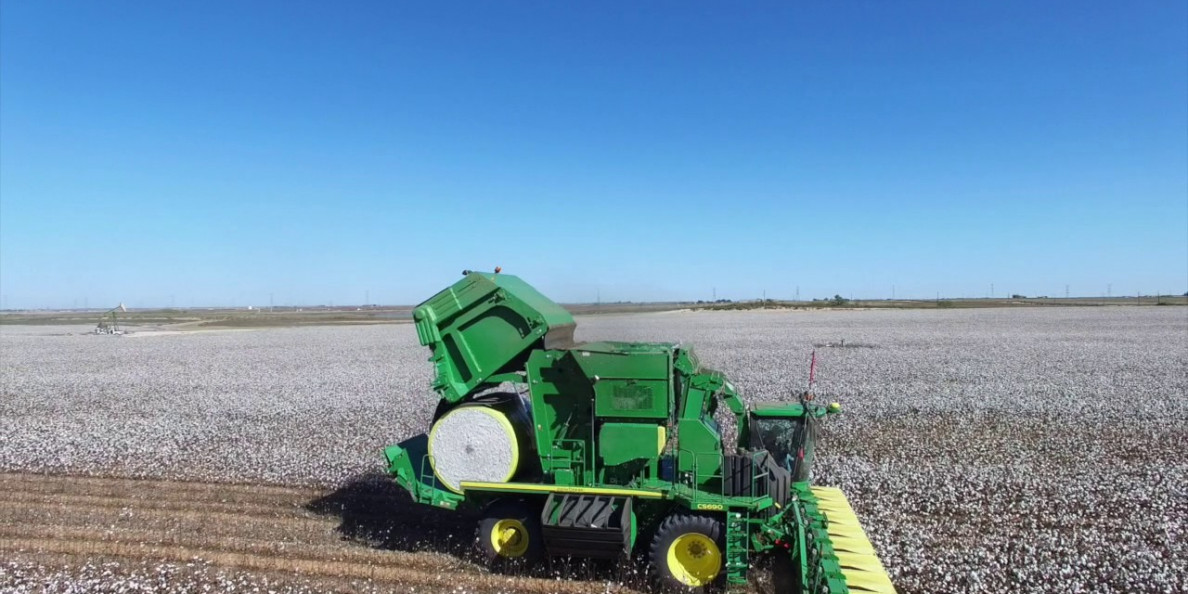If adverse field conditions weren’t enough to contend with this past year, market volatility has brought added challenges. We’ve seen cotton prices incrementally decline from their highs in the 90s last June to yesterday’s close of 69.78.
To put that another way, from we moved from profitable levels to that which will require higher yields and managed input costs to net a positive return.
So much has happened over the past year to severely strain the finances of anyone involved in production agriculture. So much so, optimism has been greatly tempered.
We’ve said repeatedly that if prices were being traded based strictly on fundamentals, a twenty-cent decline wouldn’t be warranted, and prices should be higher. However, outside factors continue to create a great deal of uncertainty where cotton demand is concerned. It’s hoped the return of market data following the reopening of the government will evoke some clarity, thus erasing some of these negative perceptions.
Key Indicators
Weekly export sales reports are key indicators of demand. Those recently issued by USDA were for the weeks of December 20 and December 27. View both as positive with 373,000 bales, a marketing year high, sold the first week. That was followed by Christmas week, which was understandably lower at 228,000 bales. That pace, if maintained, would meet export estimates.
The much-anticipated Supply/Demand report, which contained two months in one, was released last Friday. Overall, the report was perceived as bearish, even though it had domestic carryover declining by 100,000 bales.
However, world carryout was increased by over two million bales. An ailing world economy was the basis for lowering consumption. There is debate on this matter, wherein many of us believe this poor health is being overplayed and conditions aren’t as bad. Only time will tell.
Interpreting NCC’s Planting Intentions Report
This past weekend, the NCC presented the results of their 2019 cotton planting intentions survey. Though likely to have more influence on new crop prices than old, the findings indicated the U.S. would increase planted cotton acres by 3% over last year, mainly at the expense of soybeans.
Remember, this survey was taken weeks ago when cotton prices were in the mid-70s. A return to the 60s could significantly alter these numbers. When using a five-year average yield and lowering West Texas abandonment because of many areas having subsoil moisture, we can expect a 22.7 million bale crop.
When compared to a 2018 crop of 18.4 million bales, one can quickly surmise demand will become an even greater factor going forward. We all know from last year much can happen between now and next fall.
Future demand will be greatly affected by the outcome of the China and U.S. trade negotiations. Little progress has been made in recent weeks. March 1 is the proposed deadline at which time additional tariffs will be imposed absent some agreement.
The lack of progress in settling this dispute is placing a tremendous burden on the market and largely responsible for the recent selloff.
How The Numbers Work Out
So how should all this direct one’s marketing efforts? Those directly under the gun are growers with unpriced on call cotton-based March as First Notice Day is Friday, February 22.
Most merchants require rolls or fixations to be done two or three days prior, so only a few trading sessions remain before a decision must be made. The current spread between March and May is around 130 points. That costs an individual 140 points to roll including the 10-point charge to do so.
It’s unlikely anything will come out the trade negotiations leading into next week. With that, the downside risk on the March contract price far outweighs its upside potential over the next few days.
On the other hand, you can gamble 140 points in hopes of a favorable resolve between the governments later in March, which will be reflected in May contract prices. Unless you hold a rather large on call position, the conservative approach would be to price off March and forego any roll.
There is just too much uncertainty to bare on this market. Besides the trade issue, yet another government shutdown is possible. Plus, the upcoming Brexit vote could have a subsequent effect on the European economy, among others.
As for new crop, those forward contracting would be advised to look at a return to the mid-70s as an opportunity to begin pricing a portion of your 2019 crop.
Be aware that the contract basis has narrowed from those of previous years but don’t dwell on this for your focus should be on the futures market itself and pricing opportunities it offers. We at Choice Cotton will be happy to assist you in obtaining contracts for the 2019 crop by calling us 334-365-3369.
Until next time.


